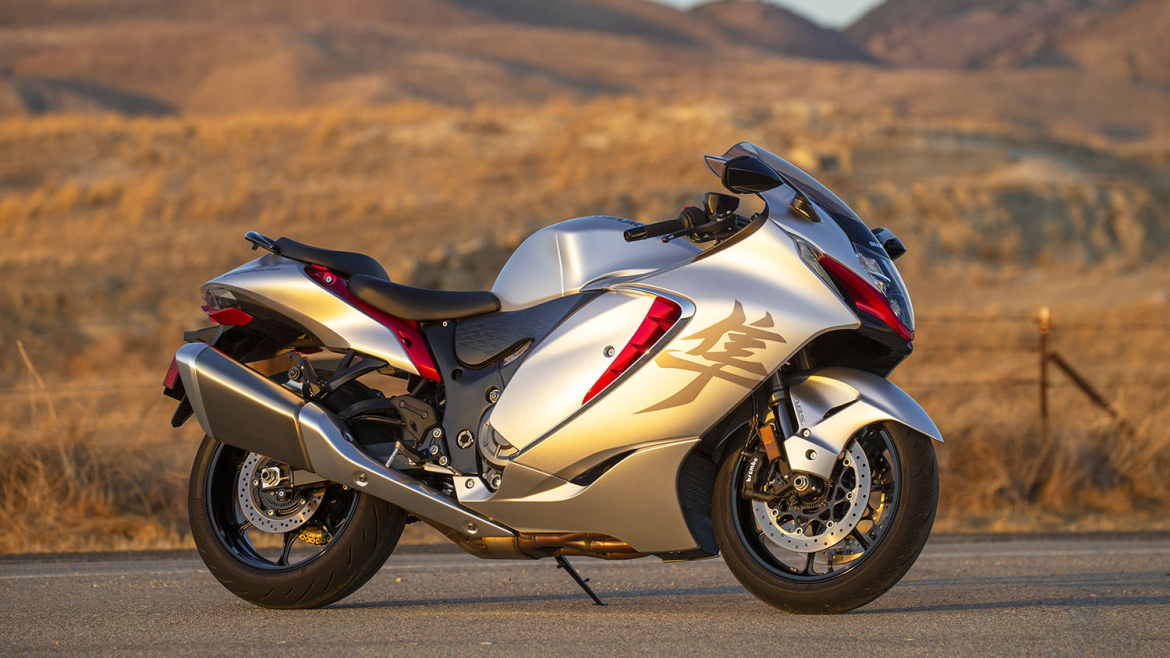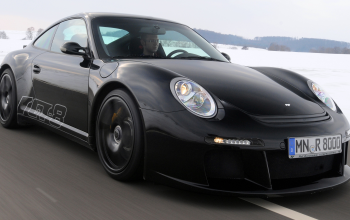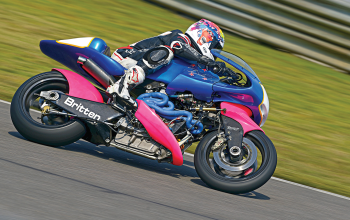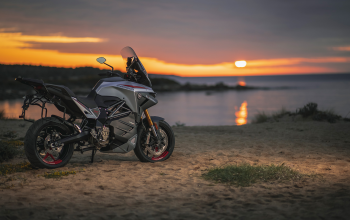The speed demon that changed everything for motorbikes.
The world of motorcycles are filled with legendary speed demons, but the one that caused the most stir as the fastest motorcycle of its time was the unhinged superbike, Suzuki Hayabusa. The decades old model is now an icon, and for a good reason, let’s dive into the full story of the Hayabusa to see what made it a huge success.
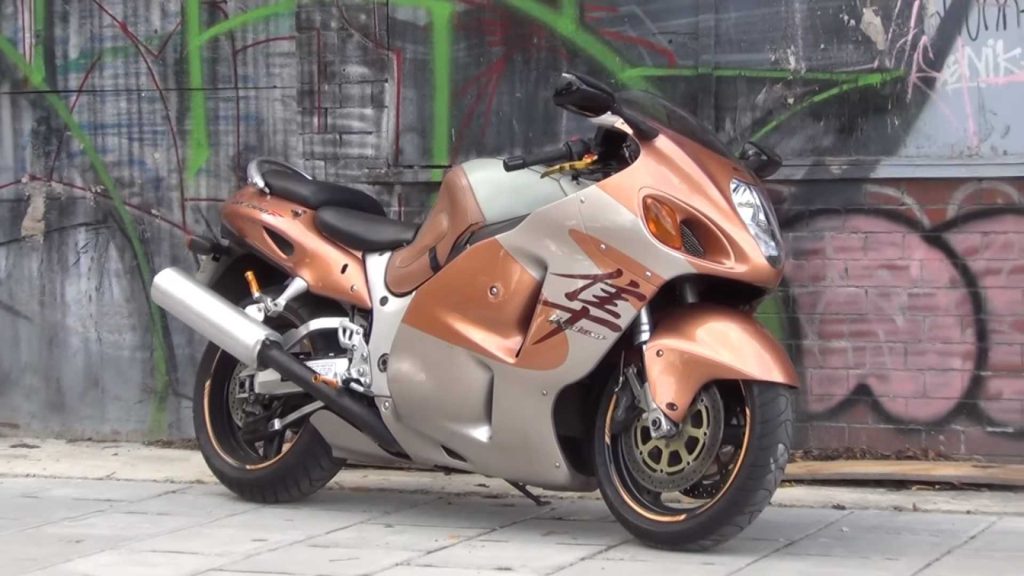
The name, the fame and the objective.
The Hayabusa came to life in 1999 with the aim of breaking the speed record for motorbikes. The name is derived from Hayabusa (隼), which stands for peregrine falcon, the fastest animal on earth that can accelerate up to 320 km/h or even more during its hunting stoop. The name is believed to be a reference to the speed record holder, Honda’s CBR1100XX Super Blackbird model, as Peregrine falcons are known to hunt blackbirds regularly. Suzuki now had the catchy name and the absolute goal the new model was to accomplish, therefore it was time for them to start working on the prototype.
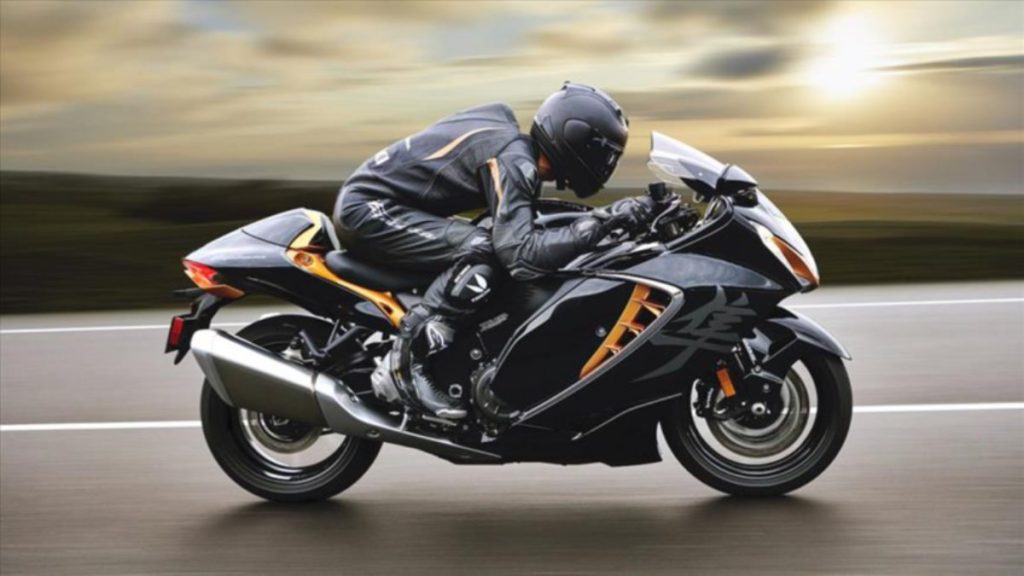
Pushing the envelope of what’s possible in performance department.
To create this one fast hawk, Suzuki engineers fitted a 1,2L liquid cooled I4 engine, driven by dual-overhead camshafts, which was unconventional for its time, to the Hayabusa. Thanks to this fitment and the large displacement, the Hayabusa managed to produce 173 HP, which allowed for the Hayabusa to easily surpass the top speed of its main rival, Honda CBR1100XX Blackbird. The top speed is claimed to be around 310 km/h (194 mph), miles ahead of what the Suzuki engineers was estimating. Koji Yoshiura of Suzuki, however, explains that the main purpose of the Hayabusa project has never been the pursuit of being the fastest bike in the world, but simply expanding their horizons and pushing their limits on incorporating maximum speed, comfort and practicality in a motorbike without compromise, which they achieved by using a gear-driven counterbalancer to improve chassis rigidity, incorporating a conventional twin-beam frame, a reasonable 21 liters of fuel tank, feather-light bodywork and Bridgestone high performance tires. The results were fruitful as Hayabusa weighed 215 kg upon release, and 245 kg after Suzuki started using steel rear subframe instead of aluminium in 2000 models. Since its first production year, Suzuki have only made minor changes to the bike regarding the performance, since they have perfected it as much as they can up to now. Changes include new suspensions, new brakes, improved cooling and slightly more power. Hayabusa is also like a MK4 Supra of the motorbike world thanks to its easily tunable engine. Suzuki also created a prototype car with a Hayabusa engine which is pretty cool to even consider.

Two decades old styling that makes most bikes look like a mere toy.
The big, wide design, both controversial and iconic, collaborates perfectly with the massive power, as it produces enough downforce and aero needed for the bike to be driven as comfortable as possible in any speed. Suzuki still uses two-tone color schemes to improve the look, which looks pretty good in my opinion, it makes the statement the flagship bike is meant to make through the usage of striking blend of gold and black. However, I think the silver/red combination looks the best. Koji Yoshirua, the head designer of the Hayabusa, stated back in 2009 that the Hayabusa’s styling is meant to be ”somewhat grotesque to create a strong impact”, which certainly did just that. The customers were initially shocked by the big, weird design, but the gamble paid off, and Hayabusa’s design caught on faster than Suzuki thought to the point of the customers wanting back the original design every time Suzuki tried to make changes. Therefore, Yoshiura did not alter the main design of the bike, which is still being used today. However, Yoshiura states that the slightly altered design after 2004, which looks more muscular, was meant to complement the muscular form of the rider with hints of developed calves, biceps and forearms, of course, regardless of the gender. Stating it just in case, you know.
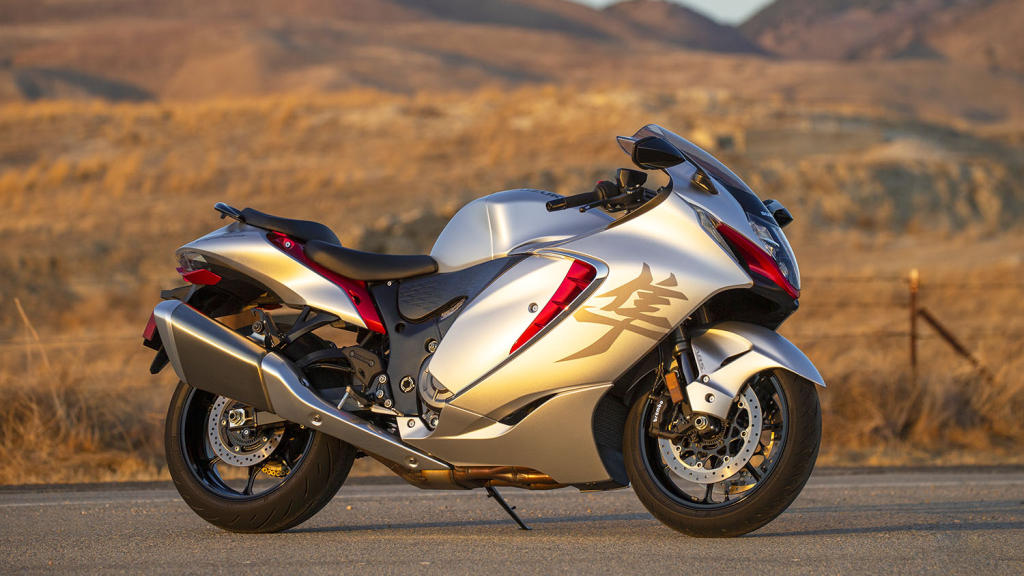
The battle for the title of ”Fastest” with Kawasaki
In 2000, Kawasaki’s Ninja ZX-12R was claimed to be more powerful and faster than the Hayabusa, and was on its way to strip the Hawk from its ”fastest” title. This battle gradually became more and more heated and there were concerns of motorcycles getting extremely fast every year, to the point of being downright dangerous for public usage, and there were rumors of hyperbikes being either heavily regulated or banned in Europe. Before the speed war escalated to such levels however, a gentlemen’s agreement was made between Japanese and European motorbike brands to limit the maximum horsepower figure to 200 HP, which meant that the top speed challenge was now all up to removing the limiter which eliminated the stock manufacturer battle. However, both brands still claim that they are the fastest, well, old habits die hard for sure.
Let’s talk a little about the Hayabusa’s current price as well. The current MSRP for the new 2022 Hayabusa is $18.599,00 (£15.073) which certainly isn’t cheap, but you get everything a superbike could ever offer. The price tag also hasn’t changed much since it’s release, cool move Suzuki. However, the Ninja ZX-12R was $10.999 back in 2004, so it’s important to note that as well. And this sums up the story and the glory of the big beast, here’s hoping for a future filled with more speed demons.

